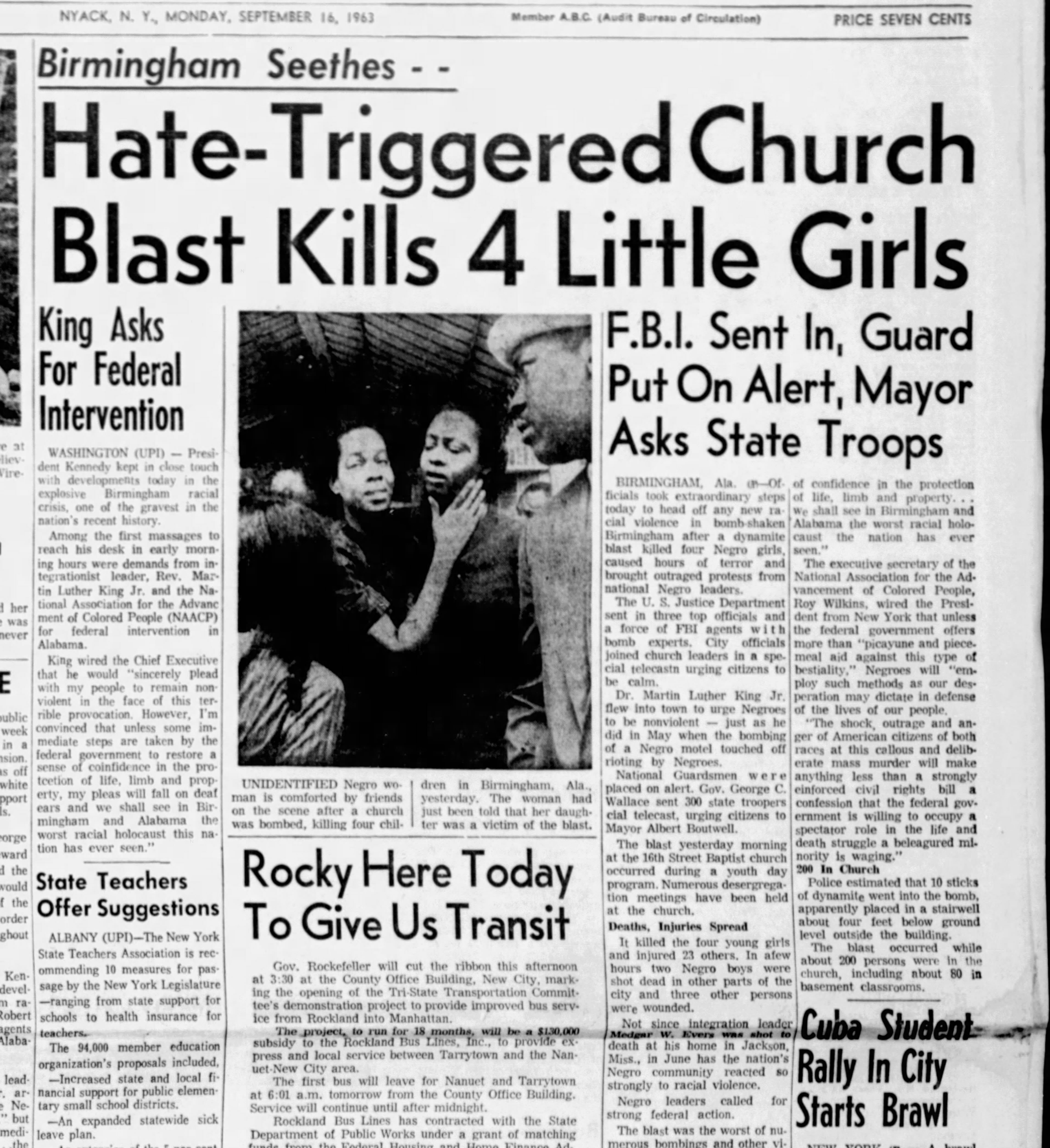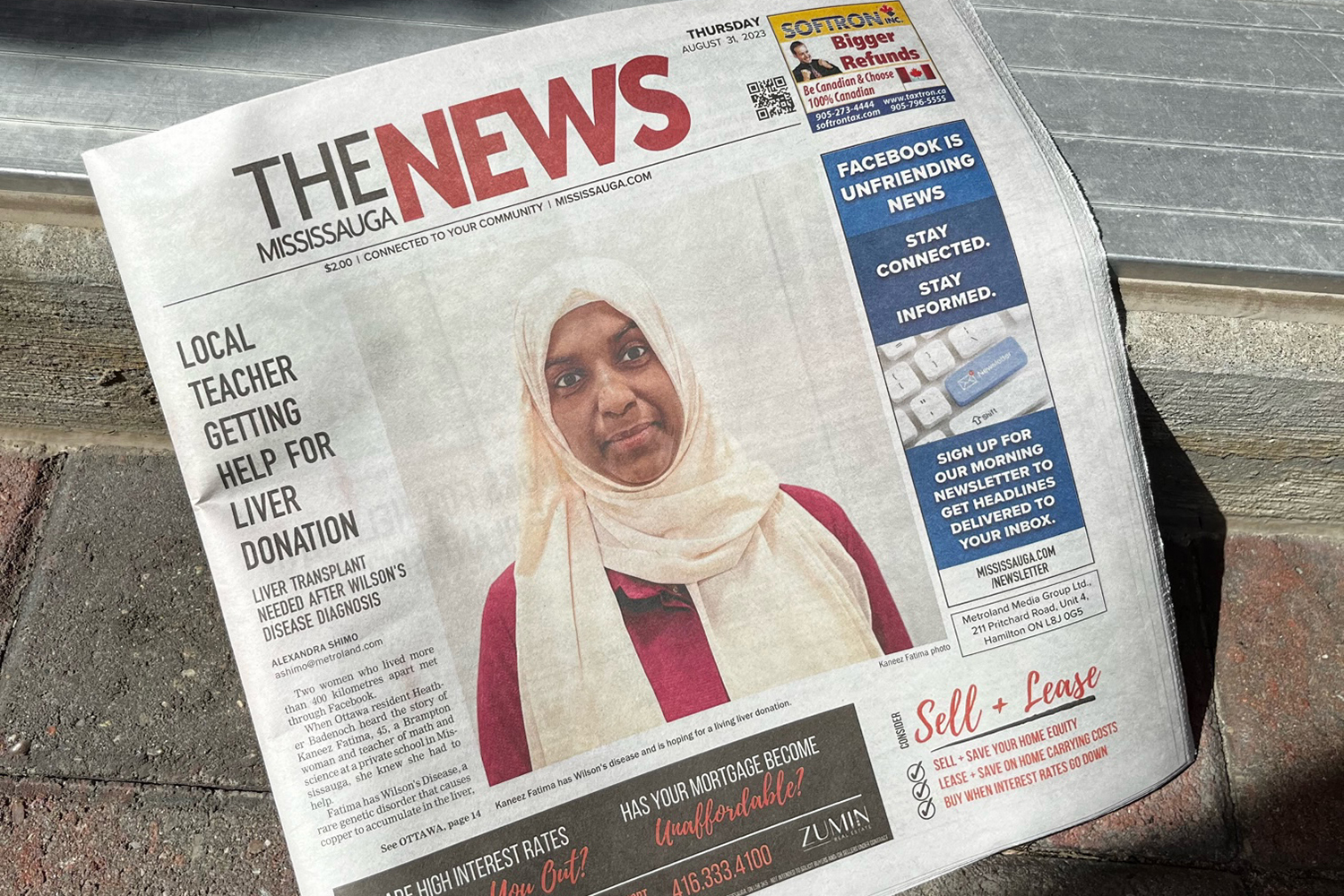Some Of News Articles
Wiki Article
The Ultimate Guide To News Articles
Table of ContentsNews Articles - An OverviewSome Known Facts About News Articles.News Articles Can Be Fun For EveryoneThe 3-Minute Rule for News ArticlesThe Best Guide To News Articles
Great knowledge of different subjects provides pupils a competitive edge over their peers. Although electronic and social networks are readily easily accessible, we need to not fail to remember just how crucial it is to check out the newspapers. Parents need to try and instill the practice of reviewing a newspaper as a daily regimen to proceed the heritage of the revered print tool.News stories likewise have at least one of the complying with vital characteristics loved one to the desired audience: closeness, prestige, timeliness, human rate of interest, quirk, or repercussion.
Within these restrictions, news tales additionally aim to be comprehensive. Amongst the bigger and more reputable papers, justness and balance is a major factor in presenting details.
Newspapers with a worldwide target market, as an example, often tend to use a more official style of composing. The details selections made by an information outlet's editor or content board are commonly collected in a style overview; usual design guides consist of the and the US News Style Book. The primary goals of information writing can be summed up by the ABCs of journalism: precision, brevity, and clarity.
An Unbiased View of News Articles
Generally, journalists will not utilize a long word when a brief one will certainly do. They utilize subject-verb-object building and construction and vibrant, energetic prose (see Grammar). They offer narratives, examples and allegories, and they rarely rely on generalizations or abstract concepts. Information writers attempt to avoid using the very same word greater than once in a paragraph (often called an "resemble" or "word mirror").
Headings in some cases omit the subject (e.g., "Leaps From Watercraft, Catches in Wheel") or verb (e.g., "Feline female fortunate"). A subhead (likewise subhed, sub-headline, subheading, caption, deck or dek) can be either a subordinate title under the major headline, or the heading of a subsection of the post. It is a heading that comes before the main text, or a team of paragraphs of the main text.

Extra signboards of any of these kinds might show up later in the write-up (especially on succeeding pages) to attract further analysis. Such signboards are likewise used as pointers to the short article in other sections of the publication or site, or as ads for the piece in other publication or sites. Typical framework with title, lead paragraph (recap in vibrant), various other paragraphs (details) and get in touch with information.

Example of a hard-lead paragraph NASA is proposing one more room project. The company's spending plan request, revealed today, included a plan to send another objective to the Moon. This time the company wishes to establish a long-lasting facility as a jumping-off place for other space experiences. The budget plan requests around $10 billion for the task.
The NASA announcement came as the agency asked for $10 billion of appropriations for the project. An "off-lead" is the 2nd essential front web page news of the day. The off-lead appears either in the top left corner, or directly below the lead on the. To "bury the lead" is to begin the article with background info or details of secondary relevance to the readers, compeling them to learn more deeply into a write-up than they should have to in order to find the crucial points.
Indicators on News Articles You Need To Know
Usual use is that one or 2 sentences each create their very own paragraph. Reporters normally describe the organization or structure of a news tale as an inverted pyramid. The crucial and most interesting elements of a tale are placed at the start, with sustaining info following in order of reducing value.It enables individuals to discover this explore a topic to just the deepness that their inquisitiveness takes them, and without the charge of information or subtleties that find out here they can take into consideration pointless, however still making that details available to much more interested viewers. The upside down pyramid structure also makes it possible for posts to be cut to any kind of arbitrary length during design, to fit in the space readily available.
Some authors start their tales with the "1-2-3 lead", yet there are numerous kinds of lead available. A kicker can refer to multiple things: The last tale in the information broadcast; a "satisfied" story to end the program.
Longer posts, such as magazine cover posts and the items that lead the inside areas of a newspaper, are known as. Function tales differ from straight information in a number of ways.
Some Known Details About News Articles
A function's initial paragraphs often connect an intriguing minute or event, as in an "anecdotal lead". From the details of an individual or episode, its view quickly expands to generalities concerning the tale's topic.
The Editor's Tool kit: A Referral Guide for Beginners and Professionals (2001) Allan M. Siegal and William G. Connolly. The New York Times Guidebook of Style and Usage: The Authorities Design Overview Used by the Writers and Editors of the Globe's Most Reliable Paper (2002) M. L. Stein, Susan Paterno, and R.
Report this wiki page